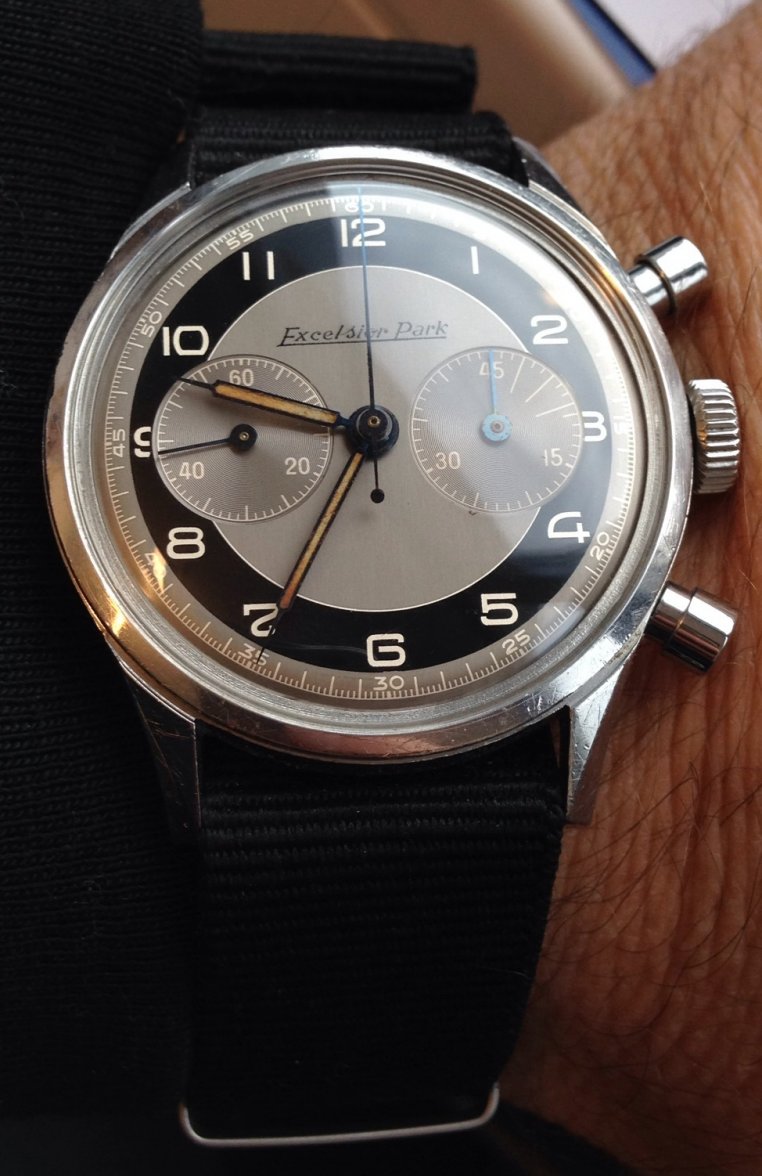oddboy
·Isn't there room for both in the market? Of course, collectors would always prefer original, untouched, unrestored.. but there are watches out there that are pretty much unwearable in their current state that could be turned into decent wearables for people that don't fancy themselves to be collectors.
One of my first Omega's was a Mark II. It was in cruddy condition when I bought it, but it was cheap. I had it restored, by Omega. It will never find itself into a 'real' collection, but it looks great and runs smooth. I feel like I got a good deal for the price of the watch plus service (even though I'd probably be in the hole if I were ever to sell it).
Restored will never be as valuable as original, that is true. But a watch in really bad condition can be restored to nice condition, if done properly, and that's good enough for many - but the two paths are preferred by people with different end goals and perspectives.
Having walked both sides, I would say that original feels more 'autentic' and in a way, more satisfying. There's something nice about knowing (or at least believing) that a watch on your wrist hasn't been mucked with and that the signs of age are real; that it's a quality piece that stands up to the abuse it was intended to withstand.
..and if you want a better comparison, compare vintage watches to actresses. Would you prefer restored or original? 😉
One of my first Omega's was a Mark II. It was in cruddy condition when I bought it, but it was cheap. I had it restored, by Omega. It will never find itself into a 'real' collection, but it looks great and runs smooth. I feel like I got a good deal for the price of the watch plus service (even though I'd probably be in the hole if I were ever to sell it).
Restored will never be as valuable as original, that is true. But a watch in really bad condition can be restored to nice condition, if done properly, and that's good enough for many - but the two paths are preferred by people with different end goals and perspectives.
Having walked both sides, I would say that original feels more 'autentic' and in a way, more satisfying. There's something nice about knowing (or at least believing) that a watch on your wrist hasn't been mucked with and that the signs of age are real; that it's a quality piece that stands up to the abuse it was intended to withstand.
..and if you want a better comparison, compare vintage watches to actresses. Would you prefer restored or original? 😉

